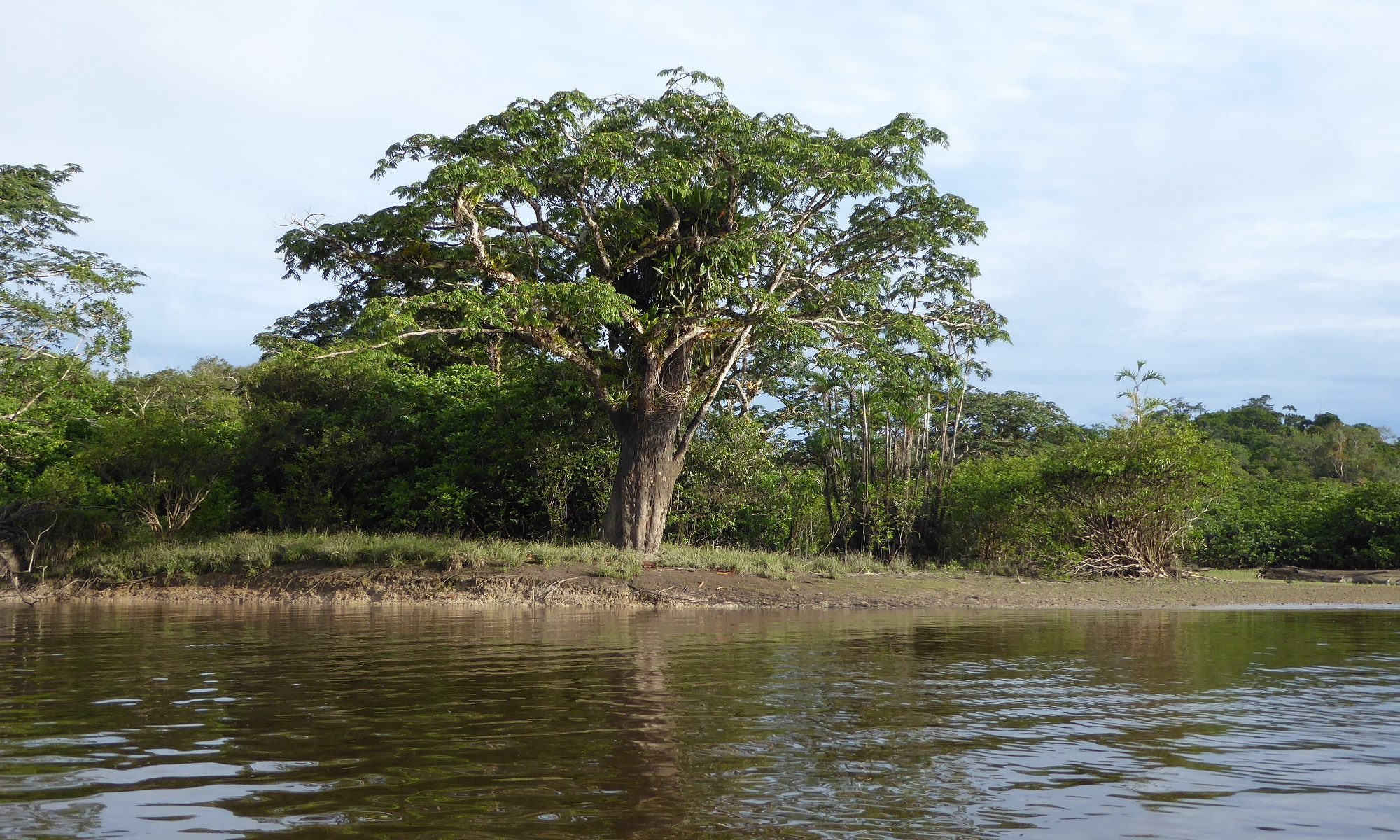Text by Johanna Hohenthal
In the beginning of June, we started our visits to upper secondary classes of schools of Pastaza province together with the new members of the Ecuadorian research team. Besides the leading researchers Ruth Arias, Rosaura Gutiérrez and Mayra Espinosa, three engineers who have graduated from the UEA have joined the working team. They all come from the nationality of Kichwa and therefore also help in translation in Kichwa language and bring their cultural knowledge to the project.

I take here a chance to introduce them:
Cristofer Gerardo Alvarado Chimbo graduated from agricultural engineering and he comes from the community of Rukullkta in the province of Napo.
Darling Kaniras who graduated two years ago from environmental engineering comes from the community of Santa Clara, Pastaza. His mother is from the Kichwa nationality and father is a Shuar.
Rigoberto Efren Merino Santi graduated two years ago from environmental engineering and is now doing his master’s in forestry. He comes from the community Nina Amarun in Pastaza.
During the first week, we were also accompanied by Fernando Aldaz, a student of tourism and two other students of the UEA.
The initial phase of field work is mainly related to the first component of the project where we study the spatio-temporal accessibility to upper secondary schools and university. The research questions include: How does the geography of educational opportunities and intersecting properties of indigenous status, language and gender affect young people’s educational mobility? Which push and pull factors determine which educational units the young people of Pastaza choose to attend? Which factors act as constraints to mobility? Are these different for students from different ethnic backgrounds, from different indigenous nationalities and for different genders? Do the young people have to migrate to pursue higher education? How do they and their families feel about moving? What kind of social consequences it has? How do the indigenous young people experience their daily journeys to school classes and university lectures? What meanings do they attach to various places on the school journeys? Are there some (gender specific) risks, dangers, exciting or joyful places? How do the young people travel to school and university? Why do they select certain routes and means of travel?
During the first week, we visited three intercultural-bilingual schools of Amauta Ñampi in Puyo, San Jacinto in Madre Tierra and Camilo Huatatoca in Santa Clara. We first introduced the project to the principal of the school and asked for his or her consent to involve the school in the research, and then we met students and teachers, interviewed them, and gave them some questionnaires to fill. We also accompanied a few students in their school journeys. On the following week, we made some revisions to the questionnaires based on our experiences from the first week and continued with more schools: the intercultural school of Antonio Cabri in Santa Clara and the Millennium school, Milenio de Tarqui, in Tarqui.

While the intercultural-bilingual schools include teaching in Spanish and indigenous languages (Kichwa in those we have visited so far), in intercultural schools the teaching is provided only in Spanish. In Antonio Cabri school, some teachers also use English in teaching. The Millennium schools are modern establishments with technological facilities and provide teaching in Spanish and English.

